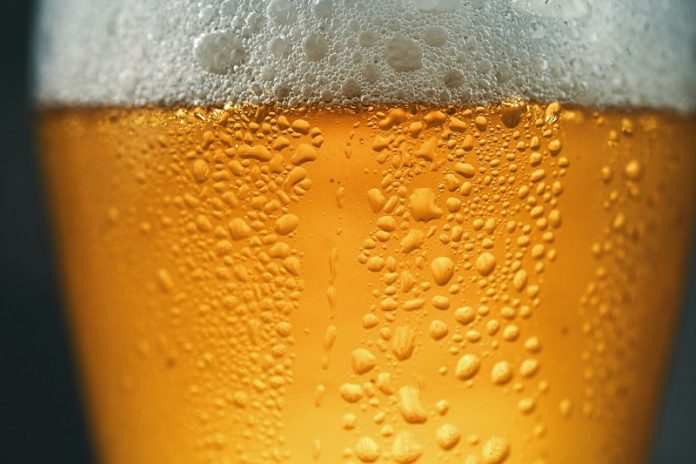
Beer lovers owe much of their favorite drink’s flavor and aroma to hops—the cone-shaped flowers of the hop plant.
Now, scientists have finally solved a long-standing mystery about how hops produce one of beer’s most defining ingredients: the α-bitter acids that give beer its signature bitter taste.
A research team led by Professor Wang Guodong at the Institute of Genetics and Developmental Biology (IGDB) of the Chinese Academy of Sciences has discovered how hops make these special compounds, known for shaping both the flavor and preservation of beer.
Their findings, published in Plant Communications, also open new possibilities for brewing beer using engineered yeast instead of hop plants.
The bitterness of beer comes mainly from α-bitter acids, which are produced in tiny glandular hairs, called trichomes, on the female hop flowers.
These glands also produce other valuable molecules: terpenes, which give beer its floral and citrus aroma, and xanthohumol, an antioxidant compound linked to health benefits.
Together, these chemicals define the quality and flavor of beer and once helped keep it fresh before modern preservatives existed.
Scientists have long known the early steps in the biochemical pathway that creates α-bitter acids. However, for more than ten years, the final enzyme responsible—called α-bitter acid synthase (α-BAS)—remained a mystery.
Several candidate genes had been proposed, but none could be confirmed, partly because of a tricky chemical problem: when the precursor compound, deoxy-α-bitter acid, is exposed to air, it naturally reacts to form two different mirror-image molecules (called chiral forms), making it difficult to tell which one the enzyme actually produced.
To overcome this, Prof. Wang’s team developed a highly sensitive liquid chromatography–mass spectrometry (LC–MS) technique that could distinguish between the two forms—known as 6S and 6R α-bitter acids.
Their analysis revealed that hop glands primarily make the 6S-type, which gives beer its authentic bitterness.
Using a specially designed yeast expression system, the researchers tested more than ten candidate genes from the hop genome.
They discovered that a gene called HlMO18 encodes the enzyme that converts deoxy-α-bitter acid into the 6S form. They also identified key amino acids in the enzyme that make this reaction possible.
Further experiments showed that α-bitter acid synthase works together with other enzymes in a tightly linked metabolic complex—explaining why only the 6S form naturally accumulates in hops.
This breakthrough completes the biochemical map of how hops make α-bitter acids, solving a decade-old question in plant science and brewing. The researchers now plan to use synthetic biology to engineer yeast strains that can directly produce the same hop-derived compounds.
This could lead to the creation of “hoppy” beers without using hops—cutting costs, saving resources, and giving brewers greater control over flavor and aroma.
In short, by revealing how hops craft the chemistry behind beer’s bitterness, scientists have brewed up a discovery that could change how the world’s favorite beverage is made.



